Research
Tackling toxic chemicals involves complex science and systems. Through our original research and investigative reports, our scientists bring important environmental health issues to the forefront to support policymakers, corporate decision makers, government agencies, health advocates, and non-scientists in making an impact.
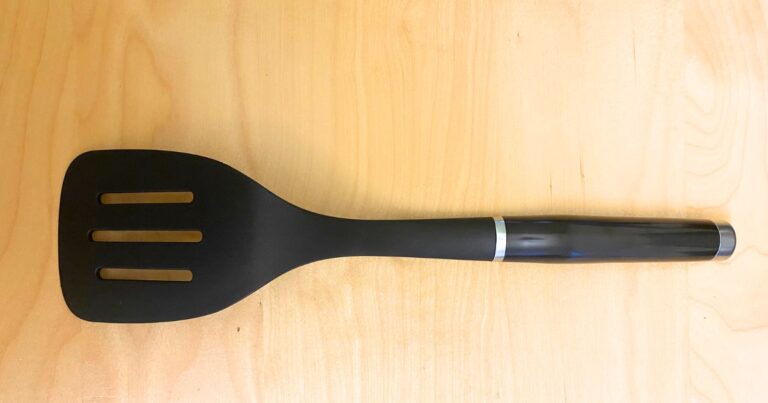
A new peer-reviewed study found toxic flame retardants usually associated with electronics showing up where they’re not expected: in black plastic household products including a takeout sushi tray, spatulas and other kitchen utensils, as well as costume beads, travel games, and other toys.
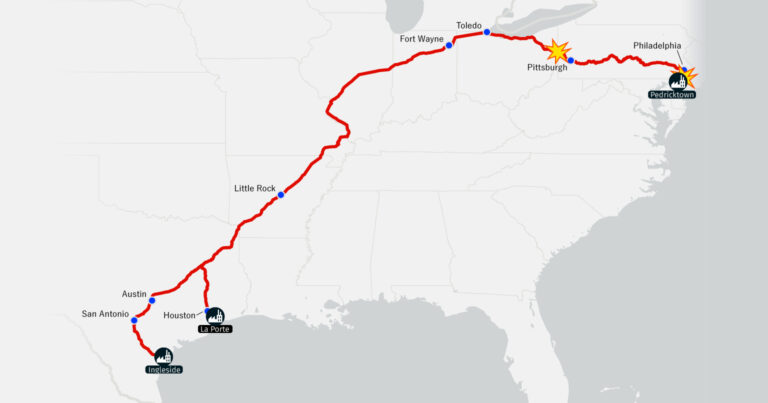
2024
Toxic Cargo
This report reveals, for the first time, that at any given moment up to 36 million pounds of toxic vinyl chloride are being shipped via rail by America’s largest producer, OxyVinyls. One year ago, a disastrous train wreck in East Palestine, Ohio, alerted many of this dangerous practice—now, this new analysis shows this practice is widespread and continues to put communities at risk. The report is the first to map the most likely path of the longest train route that vinyl chloride regularly travels across the country, putting millions at risk from Texas to New Jersey.

A new study authored by Toxic-Free Future, Emory University, and Seattle Children’s Research Institute has found toxic flame retardants in the breast milk of U.S. moms. Companies continue to use hormone-disrupting flame retardants in products like televisions despite research showing these chemicals build up in people. But some states and retailers are taking action to move to safer solutions.
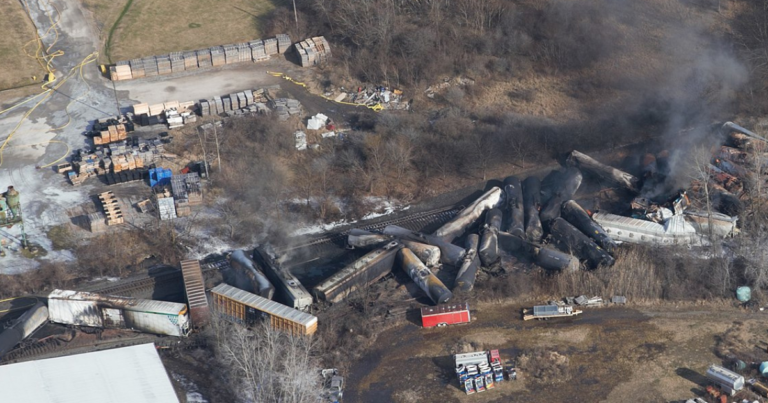
2023
PVC Poison Plastic
This report uncovers the corporations responsible for creating the most vinyl chloride pollution in the United States and the far-reaching toxic impacts of making polyvinyl chloride plastic (PVC). Following the recent Ohio train derailment where vinyl chloride and PVC plastic burned, this report reveals that vinyl chloride pollution is widespread across the country.

2022
Toxic Convenience
Our study finds toxic chemicals in most products labeled stain- or water-resistant, with 72% testing positive for PFAS. Items that were found to contain “forever chemicals” include rain jackets, hiking pants, mattress pads, comforters, napkins, and tablecloths.
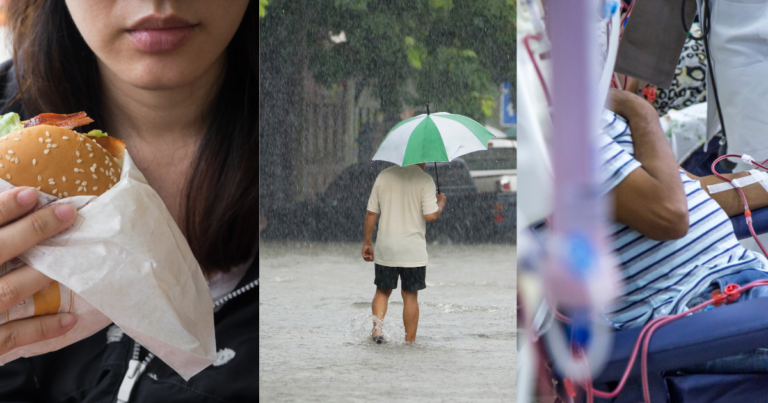
This report traces the path of American PFAS in food packaging back to one manufacturing company, Daikin America, which manufactures in Decatur, Alabama. We found that in 2019, Daikin’s Decatur PFAS manufacturing plants reported releasing 240,584 pounds of a potent greenhouse gas and ozone-depleting chemical, HCFC-22.

2021
PFAS in Breast Milk
This study, the first since 2004 to analyze PFAS in breast milk from mothers in the United States, found that 50 out of 50 women tested positive for PFAS, with levels ranging from 52 parts per trillion (ppt) to more than 500 ppt.
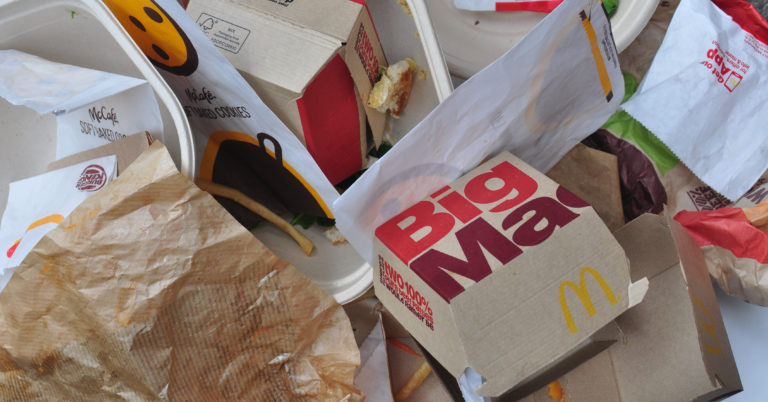
New testing indicates major fast-food chains are still serving up PFAS (per- and polyfluoroalkyl substances) with some of their most popular takeout foods, despite increasing consumer demand and legislative action to phase out the use of toxic PFAS chemicals.

2019
Hidden Danger
No level of lead exposure is safe, and kids can be harmed at levels lower than the federal government’s action levels. In analyzing the results of our study, we therefore compared the concentrations found in Puget Sound homes with federal action levels but also with screening levels set or recommended by other states and organizations.

2019
Toxic TV Binge
Our new investigation of six leading Best Buy and Amazon-brand televisions revealed retailers and suppliers are using outdated, hazardous chemicals to meet fire safety standards that can be met with safer alternatives or material changes.
